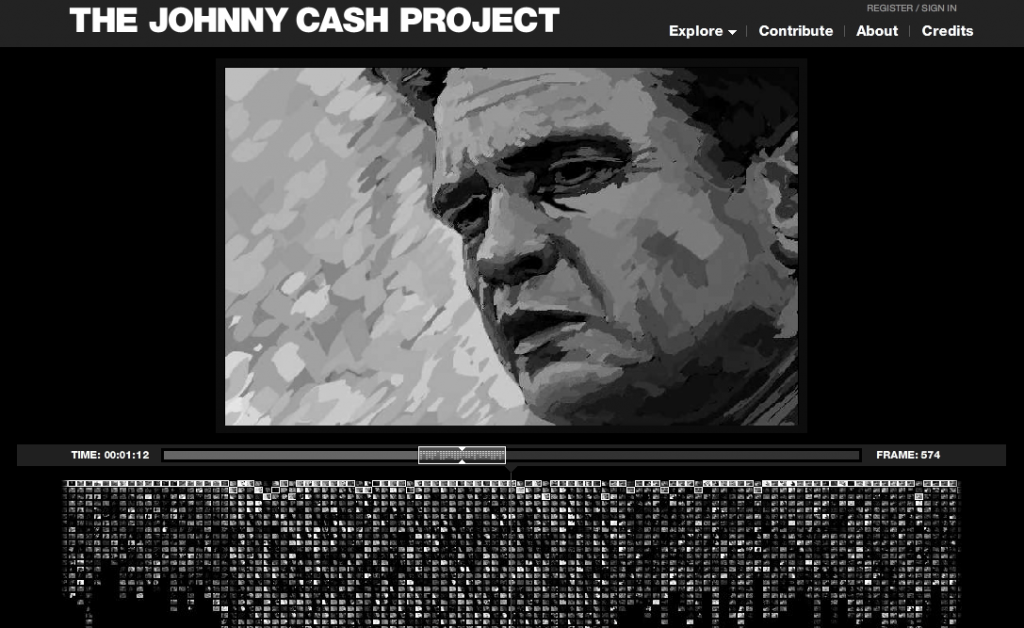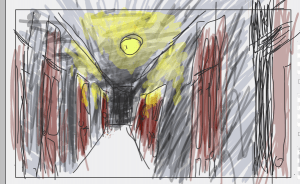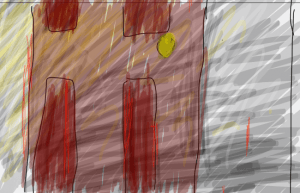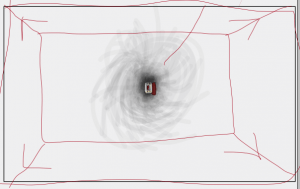
Taken from the Reading Digital Fiction website competition page:
“The AHRC-funded Reading Digital Fiction project, in conjunction with Bangor University (Wales) and Sheffield Hallam University (England), is launching a new competition to discover the best “popular” digital fiction: digital fiction that appeals to mainstream audiences.
Digital fiction is fiction that is written to be read/played on digital devices. Importantly, digital fictions are different to e-books. Rather than existing as a digital version of a print novel, digital fictions are what are known as “born digital” – that is, they would lose something of their form and/or meaning if they were removed from the digital medium. For example, they may contain hyperlinks, moving images, mini-games or sound effects. In many digital fictions, the reader has a role in constructing the narrative, either by selecting hyperlinks or by controlling a character’s journey through the story-world. Digital fictions therefore require that the reader interacts with the narrative throughout the reading experience. Hypertexts, text-adventure games, multimedia stories, interactive video, literary games, and some mobile apps are all examples of types of digital fiction.”
Using this competition as a brief, I plan on researching HTML5 and Javascript (from the books of John Duckett) to create and interactive storytelling experience, which will likely be based in a web browser. Using this as a platform, I should be able incorporate other types of media (i.e. animation, music and more) appropriately to enhance the immersion of the story.
In terms of the actual story and narrative, it’s important to not get lost in the theoretical/ story aspect, while not focusing on the technical aspects and limitations, and vice-versa. Because of this I will do my best to build the story in conjunction with the technical aspects of the product, ensuring neither end gets left behind in the production.
Branching structures
Carolyn Handler Miller (in her book, Digital Storytelling) mentions one fundamental model in early interactive projects names the branching structures.In my example of a story website, the model would use user interactivity (i.e. hyperlinks) to allow the user to forge their own narrative through the story. This is useful for creating unique user experience. It gives the user a sensation of ownership in relation to the story. When compared to older forms of linear-reading, theoretically, branching should give the user a semantic experience, as the choices they make are personal.
As choices expand, so do resolutions. This leads to many (potentially too many) outcomes. There are methods to combat this. “Faux choice” gives the use the illusion of choice, meaning which ever decision they make, the outcome will be the same. This is a method the writer can implement to direct the narrative and story. The “Cul-de-sac” method allow for many outcomes, but eventually loops the user onto the intended path. This lets the user explore multiple paths, therefore exploring the story world, while eventually directing then back onto main pathway.
Barriers can be used to block a user’s path. These can be puzzles that must be solved before continuing the story path, for example. These puzzles are like mini-games or meta-stories (stories within a story) that can are used to broaden the experience and create more depth to the world.
My theoretical idea is dubbed: sneaky-“looping”. It would occur when the user does something (i.e. clicks a hyperlink) to unlock a new path/webpage, but it seems like the user has gone back to an old path/old webpage. The new path is similar to the old path but there is a new option/route/hyperlink available. This simple, but effective design can be implemented to apply depth to the story, making it seem more adaptive to user input.






